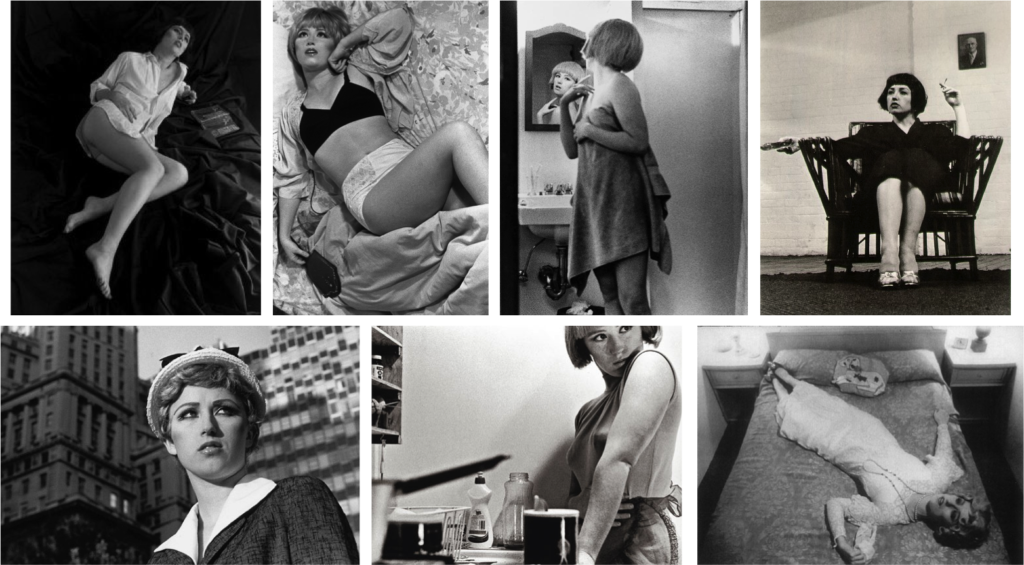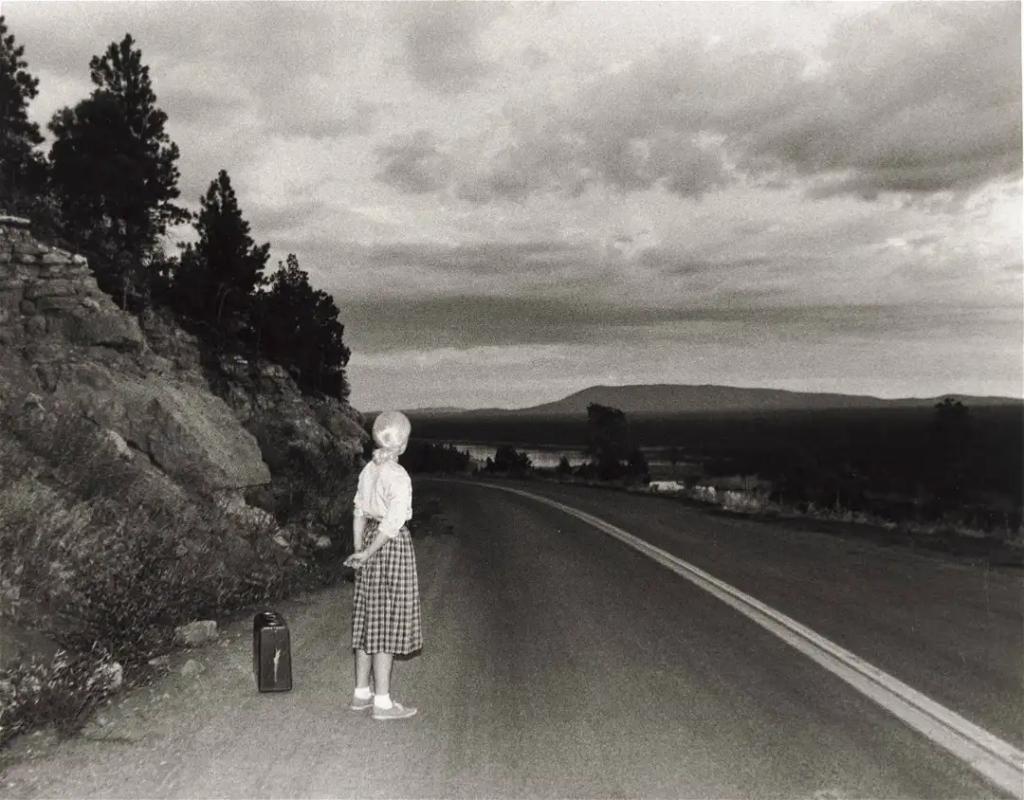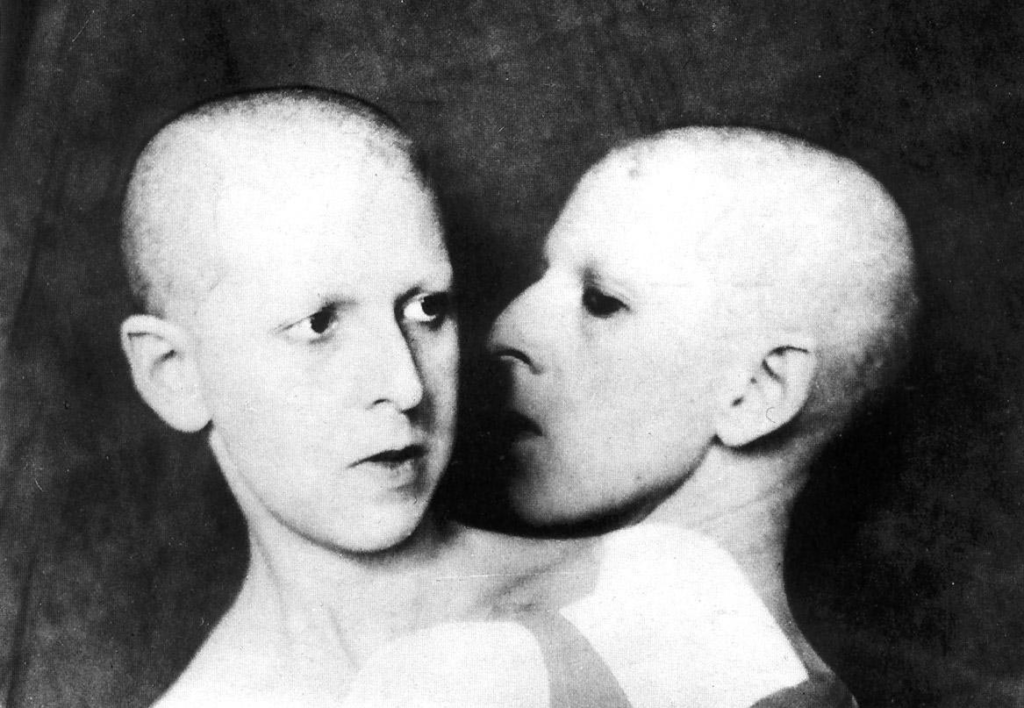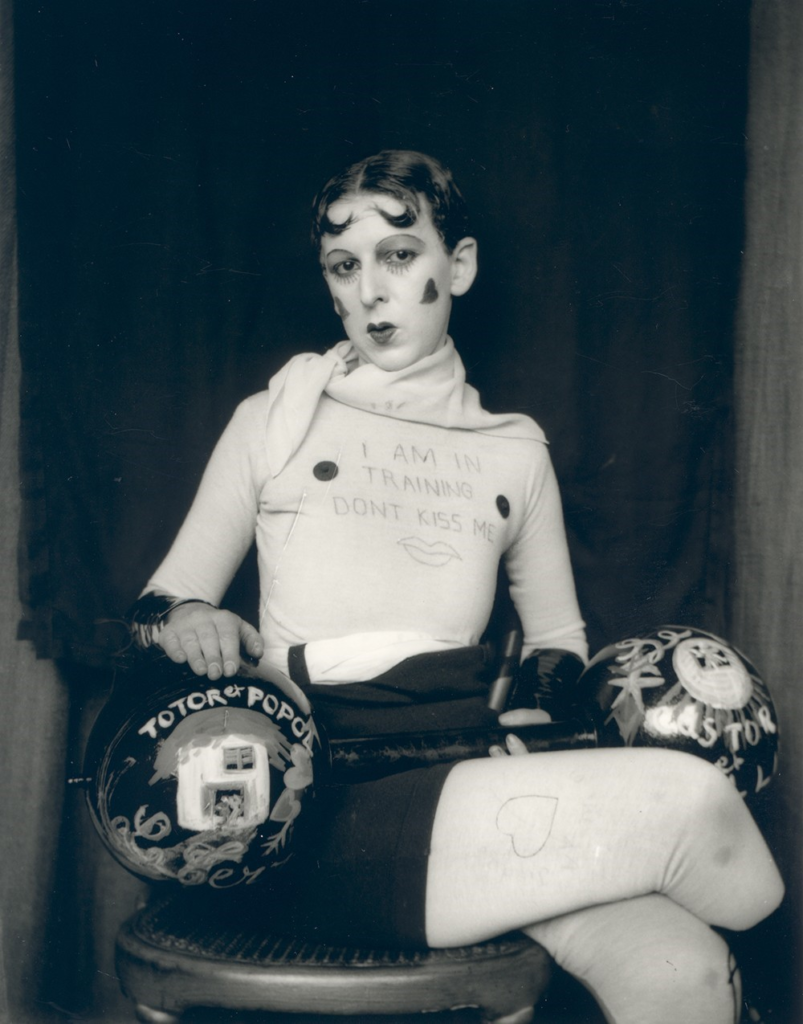Cindy Sherman – Focused on Femininity

Born in 1954 in Glen Ridge, New Jersey, Cindy Sherman lives and works in New York NY. Her ground-breaking photographs have interrogated themes around representation and identity in contemporary media for over four decades.
“I am trying to make other people recognize something of themselves rather than me.” —Cindy Sherman
At the heart of Sherman’s work is the multitude of identity stereotypes (like femininity) that have arisen throughout both the history of art and the history of advertising, cinema, and media. Sherman reveals and dismantles these stereotypes as well as the mechanics of their production in creating series after series of photographs that focus on particular image-making procedures.
The “male gaze” in her work of gender identity

The feminist film theorist Laura Mulvey writes in her famous essay “Visual Pleasure and Narrative Cinema” about the subconscious way we see women and how they are depicted in Hollywood movies from the 1930s to the 1950s.
She argues that a lot of these movies objectify women and the female body for men’s pleasure. The black-and-white photographs of Cindy Sherman’s series Untitled Film Stills are reminiscent of movies from the 1930s to the 1950s and depict Sherman as she portrays women in different roles with the help of costumes, make-up, and wigs. They can be interpreted as challenging the male gaze mentioned by Mulvey.

This image makes the subject seem almost vulnerable, giving an eerie and creepy effect. This is because it leads to the viewer becoming an inappropriate spectator. The picture makes the audience part of a threatening situation they do not necessarily want to be a part of. It even indicates that the viewer who is only able to see the woman’s back is the one who poses a threat. Become confronted with the negative implications of the way the media – especially movies – depicts women. The male gaze is often present in Cindy Sherman’s artworks but she subtly changes the perspectives, expressions, and circumstances. The luggage to the left of her further increases her vulnerability it can be nicked inni.
Claude Cahun – freedom fighter
Defying conventional ideals of beauty and femininity with her shaven head and male attire, Claude Cahun is a perfect example of someone who pushed the boundaries of gender roles in a stereotypical society. Cahun staged images of herself that challenge the idea of the politics of gender. Cahun was championing the idea of gender fluidity way before the hashtags of today.”Masculine? Feminine? It depends on the situation. Neuter is the only gender that always suits me”. Cahun made photomontages with their partner Marcel Moore (aka Suzanne Malherbe), to illustrate Cahun’s autobiographical essay Disavowed Confessions (Aveux non Avenus). The photomontages feature self-portraits in masculine and feminine guises to show the artist’s identity in flux.

This image is a perfect example of a female breaking the stereotypes placed on them as she shaved her head and wore male clothing. “Under this mask, another mask; I will never finish removing all these faces.”.
“I am in training don’t kiss me”
This is a series of photographs she took in 1927. Cahun adopts the paradoxical representation of a feminized strongman and performs various poses. Here is one of her photos from the series:

Here, Cahun breaks through gender boundaries and represents oneself simply as an active human rather than as a woman or man defined by their sex. Cahun presents an obviously constructed identity using props, highly stylized clothing, and make-up. In this photo you can see many masculine mixed wih feminine features like how she holds charmingly painted weights, psuedo-nipples are sewn onto the flat costume shirt, and even the traditional weight-lifter handlebar mustache has been displaced onto the curls of cropped hair.
